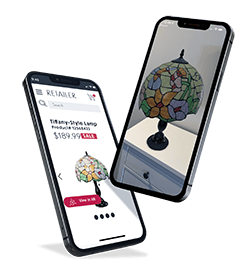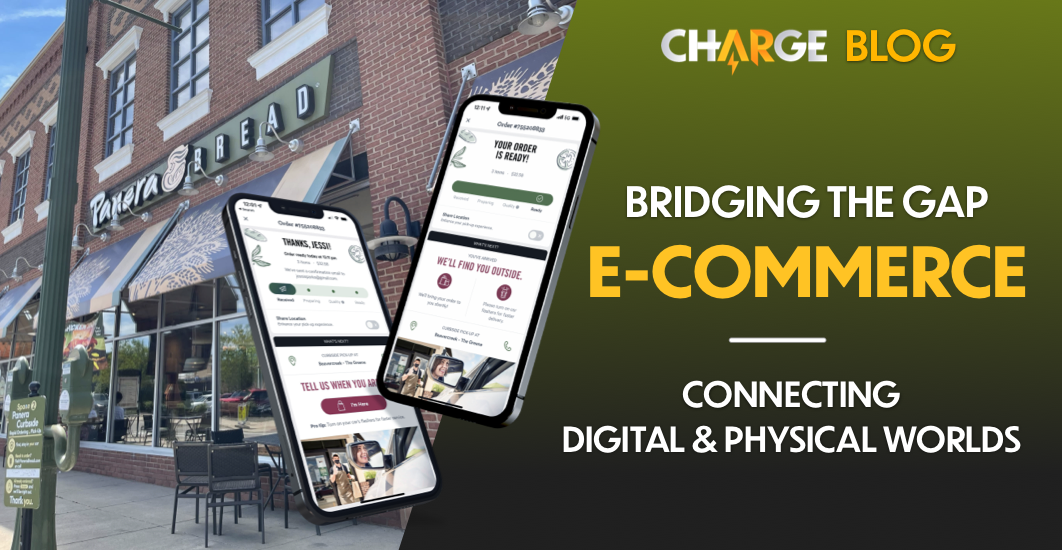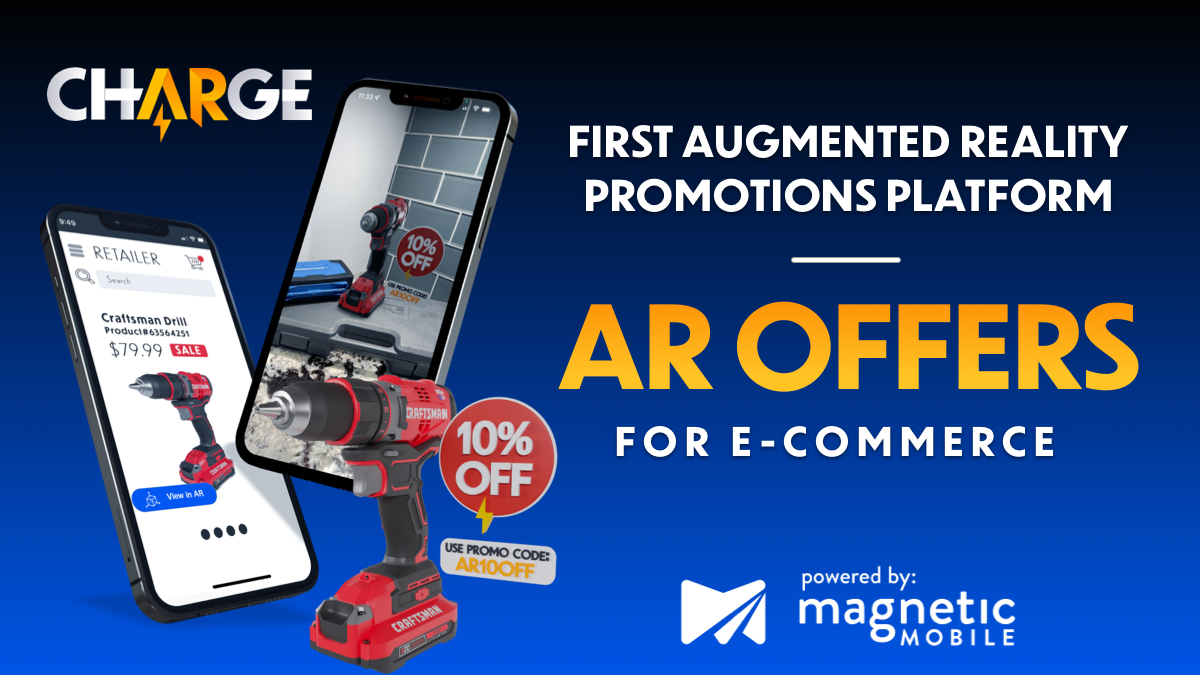WebAR is the Next Generation of Digital Marketing Technology for E-Commerce
Augmented Reality (AR) has been around for over a decade, but it is finally coming into its own outside of gaming and we are beginning to see very compelling use cases for both retailers and product categories.
For many years, AR was constrained to application development with native apps and controlled through app store submissions. This meant retailers needed a custom native mobile application on either the Apple App Store or the Google Play store in order to enable sales or 3D product visualization. However, WebAR has changed the game in ease of consumer accessibility with deep-linked assets and the ability to easily integrate a retailer’s product description pages.
New features in browser-based web augmented reality have opened up several opportunities to transform the customer journey and increase engagement. Retailers should take advantage of these advancements and explore new AR-driven ways to market their products and services.
According to a recent Google survey, 66% percent of consumers would use AR to help visualize products in their space.
With the vast adoption of smartphones across the world, AR has become a mainstream tool and consumers are very open to using it to make purchasing decisions. One of the first—and most compelling—use cases for this technology has been for AR furniture product placement. AR has been enormously successful at helping customers envision high-cost, high-consideration products in their own homes.
We know from the furniture industry that Augmented Reality has three core benefits for retailers:
1.) Building Consumer Confidence
2.) Reducing Product Returns
3.) Increasing Product Engagement and Brand Recall
These core consumer behaviors were changed by AR visualization. However, we are seeing advantages in marketing communication and digital marketing conversion using AR as well. Now that the technology has become more cost effective and consumer adoption has matured, AR is ready to expand to all categories of retail products.
The Next Wave of Digital Customer Journey Engagement is AR
Digital marketing helped bridge a huge gap in the consumer marketing funnel with websites in the early 90s and then with mobile apps later. WebAR is the next iteration of that digital journey. It is the future of the immersive web experience. The internet extended digital technology into our homes, offices, and hands; Now AR puts digital products inside the consumers’ spaces.
Images and product videos are great, but empowering the consumer with a brand’s exact product (scale, dimensions, and style) in their own space allows for greater recall, increases brand awareness, and—most importantly—delivers a personalized benefit message for their unique use case.
Augmented reality has the power to convince a consumer in a way that even the in-store experience cannot. It literally puts the product in their own hands, with low risk to retailers and easy access for consumers.
WebAR leverages deep-linking technology, which allows brands to push their 3D assets on any channel including social media, email, web, mobile apps, and more. The asset uses a normal URL and can be accessed on any modern smartphone. Marketers can target, track, and acquire leads like they would for any other marketing campaign. ROI is easy to see and justify.
Use cases for digital channel distribution are endless, allowing retailers to maximize 3D product models across all marketing channels while decreasing the cost per acquisition. One asset, unlimited reach.
3D Is Becoming Table Stakes
The rapid surge of major tech players to 3D immersive experiences has already begun. 3D assets will become a core feature in the development of the next version of the internet. This transformative shift is happening quickly and changing how consumers shop for everything from clothing and electronics to appliances and home décor.
Transitioning to an e-commerce experience that includes 3D spins and AR will ensure that brands aren’t left behind. Including this functionality in the buying process will soon move from a “surprise and delight” engagement tactic to a fundamental customer expectation.
How to Get Ready
If you’re a retailer invested in evolving your online sales strategy, you may be wondering how to get started with AR and 3D. Here’s your roadmap for moving into this exciting new space:
Establish Your Business Use Case
Begin to think about your unique consumer journey and how 3D might look for your digital channels. Retailers with individual product description pages and e-commerce websites have an instant home for 3D products. Digital twins (3D models of your real-world product) can be used to determine product fit for the consumer, but there are ways to use 3D in other aspects of your business as well. Think product testing, A/B testing for your consumer groups, and social media campaigns. We suggest modeling products that are not configurable and have a longer shelf life, so that you can get the most from your asset.
Select a Vendor Who Specializes in AR Technology for Retailers
WebAR, like early web design and development, has a lot of options and many vendors are jumping into the space. Focus on a firm that has dealt with enterprise services, 3D content management, and has worked with e-commerce retailers specifically. They should have a wide variety of experience creating, managing, and distributing 3D assets. Look for a firm that has a partnership network or has software that uniquely handles the 3D assets, as well as enterprise-grade security qualifications (GDPR, SOC Certification, and Enterprise Cloud Services) and a background in content management systems.
Key Questions to Consider:
- How will my customers view my product in AR?
- What questions are we trying to help the consumer answer by viewing our product in their space (fit, colors, placement, size/scale)?
- What digital channels are my most valuable customers using?
- What business stakeholders need to approve assets?
- What KPIs do I need to track to measure the ROI of 3D initiatives?










